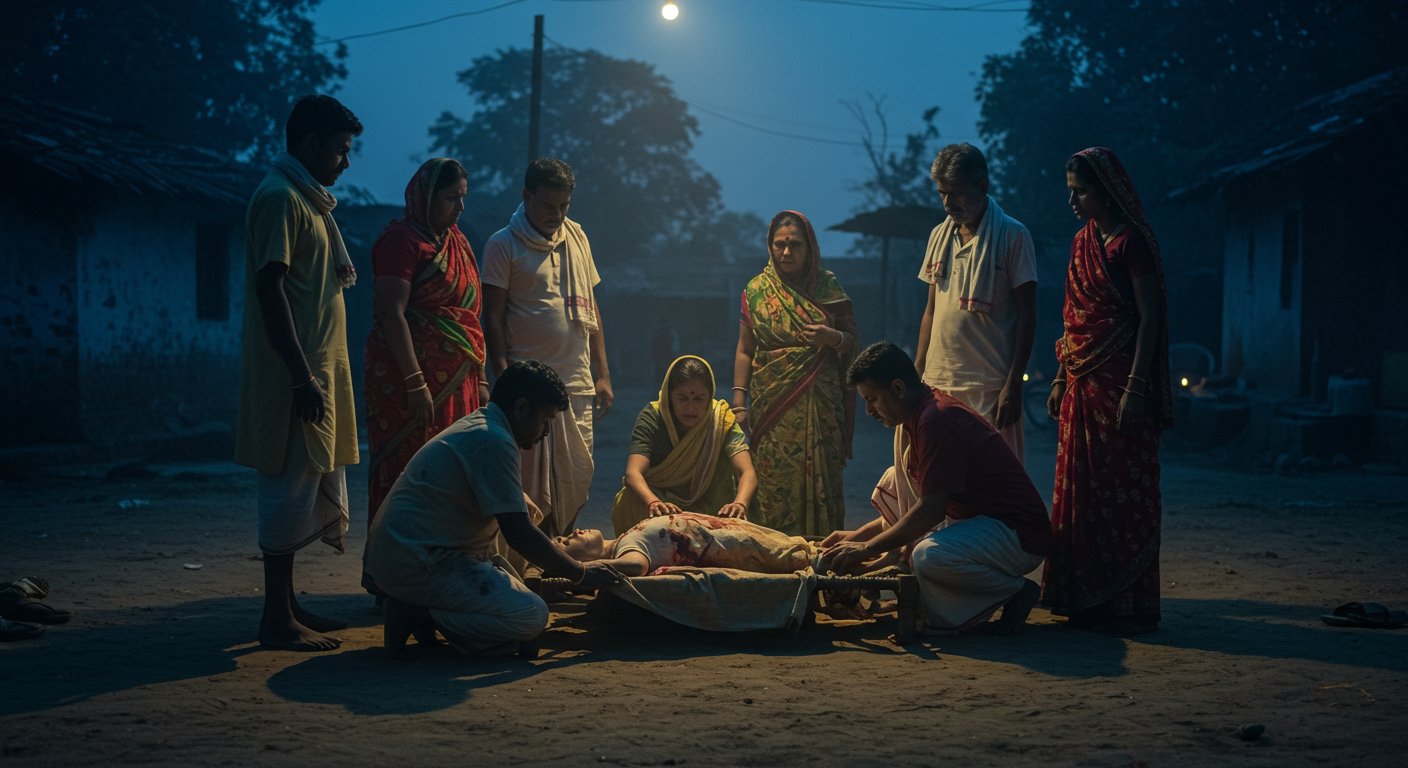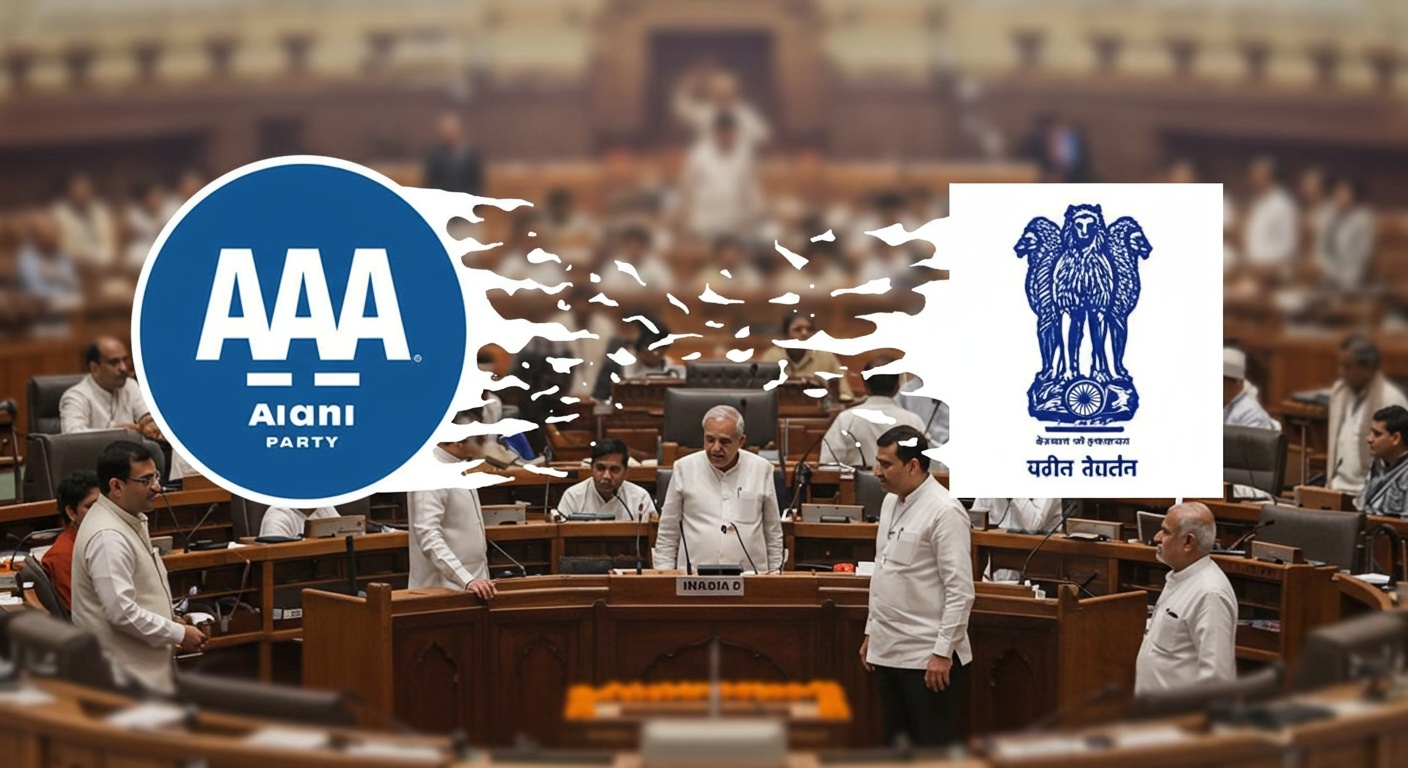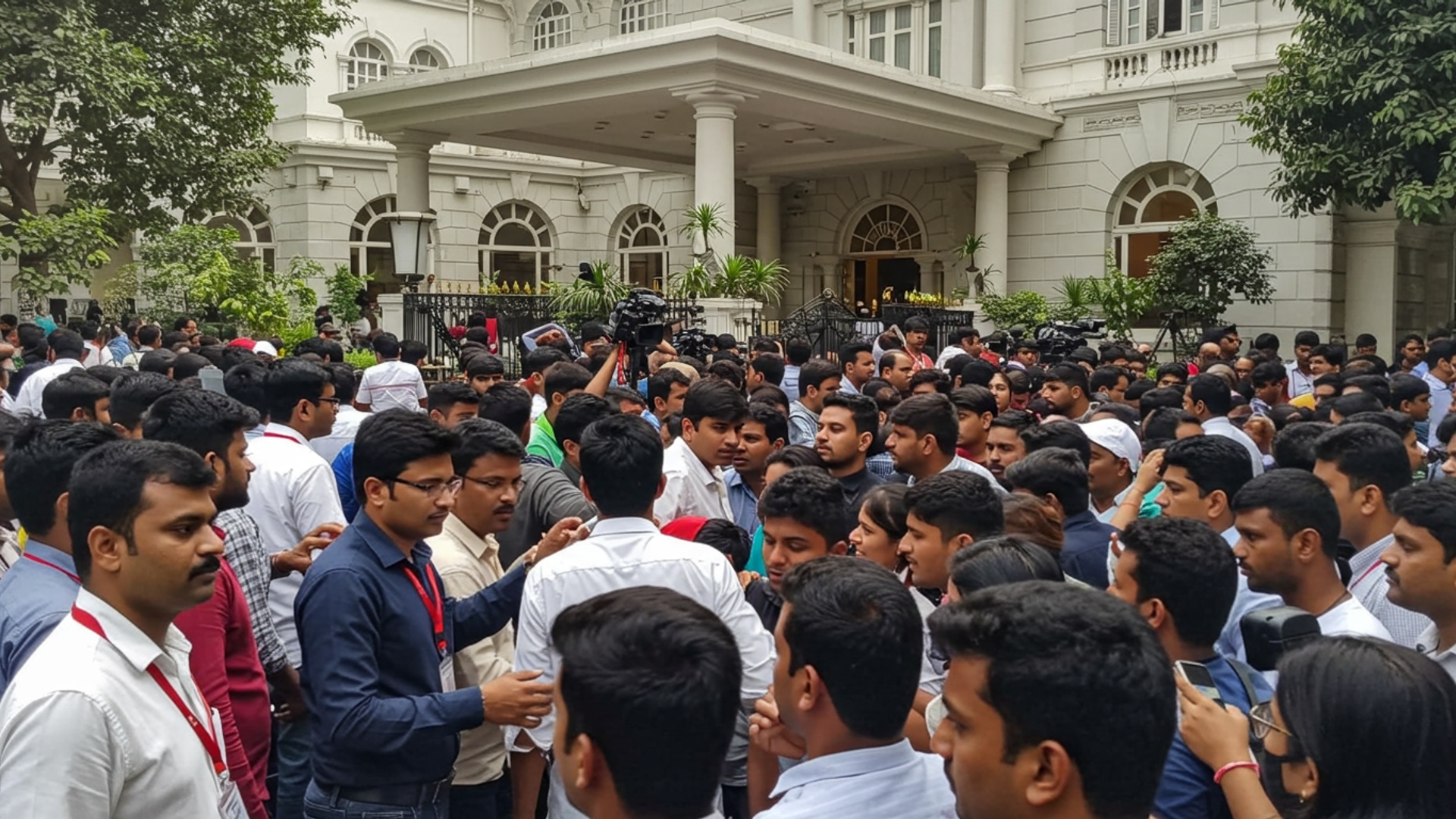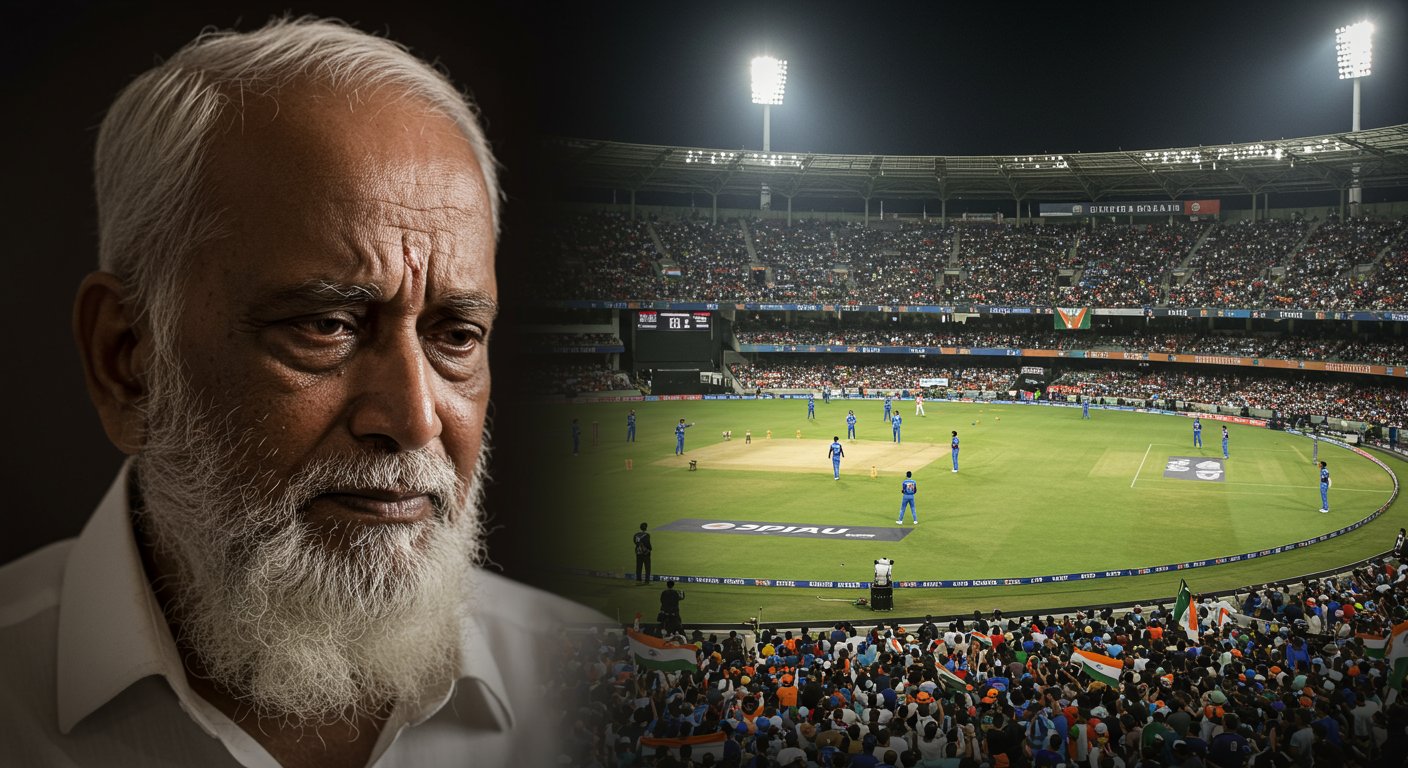A big new PM MITRA Textile Park got the green light for Virudhunagar, giving a huge lift to the cloth-making business in the area. This crucial step, happening right now, means thousands of new work chances for people and promises to bring more money into local life. Virudhunagar is set to become a main place for making clothes. The new park will help many families and small businesses, making the future brighter for work and earnings in the region. This big news starts a fresh chapter of making things and getting more money for everyone here.
New Textile Region Takes Shape in Virudhunagar
The central government has recently approved a large funding plan for the development of a major new textile and apparel park in Virudhunagar, Tamil Nadu. This significant decision moves forward the creation of a world-class textile hub in the region, aimed at strengthening India’s position in the global textile market. The Union Textiles Ministry has sanctioned a plan worth approximately 1,894 crore Indian Rupees, or about 221. 25 million US dollars, for this project. This new development is planned for a wide area covering 1,052 acres located in the E. Kumaralingapuram village of Virudhunagar district. The goal is to build a complete system for textile manufacturing, including a focus on special-purpose textiles and linked processing units.
Looking at the PM MITRA Plan
This new park in Virudhunagar is part of a larger national effort known as the PM Mega Integrated Textile Region and Apparel Parks, or PM MITRA scheme. This major program was first announced in 2021 as part of the country’s push for self-reliance. The government’s goal is to set up seven such parks across India, in places that are either entirely new or have some existing industrial setup. The total money set aside for all seven parks is 4,445 crore Indian Rupees, covering a period from 2021-22 to 2027-28. The whole idea behind these parks comes from the Prime Minister’s “5F” vision, which means connecting “Farm to Fibre to Factory to Fashion to Foreign.” The main aims of this national plan are clear: to make the textile industry more competitive, bring in money from inside and outside the country, create many jobs. lower the costs of moving goods. By bringing all parts of the textile production, from raw materials to finished clothes, into one place, these parks will make the process more efficient. This initiative also works towards achieving a global goal, which is United Nations Sustainable Development Goal 9, focusing on building strong infrastructure, promoting lasting industrial growth. encouraging new ideas. These parks are set up under a public-private partnership model. This means that a special company, called a Special Purpose Vehicle, is formed for each park, with the state government owning 51 percent and the central government owning 49 percent. The central government helps by giving money for development, covering 30 percent of the project cost, with a maximum limit of 500 crore Indian Rupees for new sites. To encourage companies to set up their manufacturing units quickly, there is also a special incentive support of up to 300 crore Indian Rupees for each park, given on a first-come, first-served basis.
Benefits for the Local People
The new textile park in Virudhunagar is expected to bring big changes to the area. It is thought that this project will attract private money of around 10,000 crore Indian Rupees. More importantly, it is set to create a large number of jobs. Forecasts suggest that the park will create 1 lakh (100,000) direct jobs and another 2 lakh (200,000) indirect jobs, making a total of 3 lakh jobs for each park. For Virudhunagar specifically, the state government expects the creation of 100,000 jobs. This development is seen as a major boost for Tamil Nadu’s textile sector, helping it become an even stronger textile center in India. The park is also expected to greatly improve the economy of the southern part of Tamil Nadu, especially in Virudhunagar and nearby areas. The Virudhunagar district already has a strong background in textiles, with many spinning mills and cotton units that contribute significantly to local jobs and economic growth. This new park will build on that existing strength.
Government’s Plans and Goals
Union Textiles Minister Giriraj Singh officially announced the approval for the Virudhunagar park. The State Industries Minister, T. R. B. Rajaa, called this approval a “big boost” for Tamil Nadu’s textile industry. He also stated that it was the “result of relentless follow-up and collaboration” between the state and central governments, showing how both levels of government worked together to make this happen. The Apparel Export Promotion Council (AEPC) has also shown its support. A. Sakthivel, the Vice-Chairman of AEPC, confirmed the funding approval and promised that the AEPC would fully support the park’s success. This includes working closely with both the central and state governments to help set up manufacturing units and promote the creation of high-value textile products meant for export. The Chief Minister of Tamil Nadu, M. K. Stalin, has previously highlighted that Tamil Nadu is responsible for one-third of the country’s handloom production, emphasizing the state’s essential role in the textile industry.
Looking at the Future
The plans for the Virudhunagar park include advanced features to ensure both efficient production and care for the environment. The park will have a large common system for treating wastewater, capable of handling 15 million liters per day, designed to ensure that no treated water is discharged. There will also be a separate plant for treating sewage with a capacity of 5 million liters per day. To support the large number of workers, there will be living spaces for 10,000 people. The park will also provide a huge amount of ready-to-use factory space, about 1. 3 million square feet, allowing businesses to start operations quickly or customize their setups. The project was formally started in 2023. the aim is to have it completed by September 2026. This major initiative is set to transform the textile landscape in Virudhunagar, making it a key player in India’s textile future.














